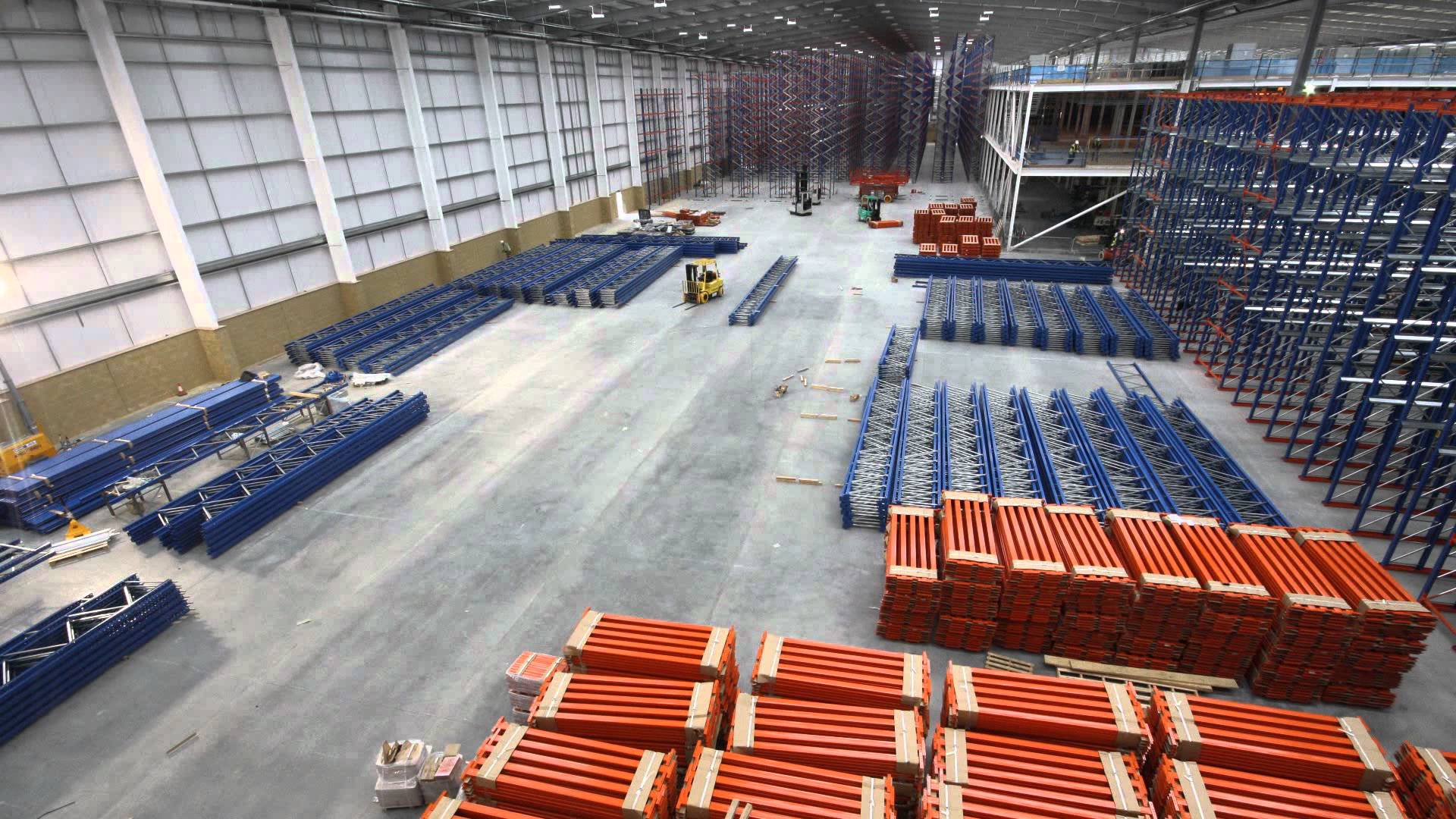Companies in which managing big warehouses and a very large product palette is the centre activity know it best: organization is key and the main weak spot in their efficiency and speed of work. If there’s just a slight slow-down in the entire work procedure, the effect is instantly felt on the monthly income: it’s lower, and that doesn’t make the managers, nor the stockholders happy. Not to mention the situations in which a product gets damaged because of improper placement or an inconvenient location in the warehouse; that’s loss from the very start. And finally, let’s not forget the safety of the workers whose main job is to manage the product palette in warehouses; one wrong maneuver in managing the situation can be a serious health hazard which eventually will fall on your account.

While the solution is obvious, the details are a little more specific and require more attention. Normally, you’d solve the organization problem in your warehouse by installing a shelving system with a sturdy construction and of a considerable quality – one that would increase the level of efficiency in your work. And the detail to not neglect here is the use of an Ls frame. While a Ls frame is nothing largely different than other types of frames in shelving systems, it definitely is the type of shelf worth considering. Here are a few points to think about.
What is a Ls frame?
This type of framework serves the same purpose as other types of frames in the shelving business: to support rails and racks. You can find them made of various materials, but mostly they’ll be made of stainless steel, aluminium or iron – as the hardest and sturdiest of metals for supporting a large amount of load. Some of them are even powder-coated so they can offer more visibility which contributes largely to the level of safety of workers who manage the shelves.
Types of shelving systems that can use Ls frames
There are various types of racks that can use Ls framing, such are:
- Open frame racks – these have no doors and no sides. These shelving systems rely completely on the support of the frames and the strength of the rack surface to withstand heavy loads. They are mainly used where physical security of the load placed on the racks isn’t a priority and airflow doesn’t need to be controlled that much.
- Rack enclosures – rack enclosures are very much like rack cabinets with doors, removable side panels and vertical mounting rails.
- Wall-mount racks – as their name suggests, these are attached on the wall. Ls frames can be used for these racks, but have in mind that the whole construction needs to withstand on the wall and support the load placed on them. Because of that reason, these systems aren’t designed to hold very heavy loads, despite the strength of the frame.

